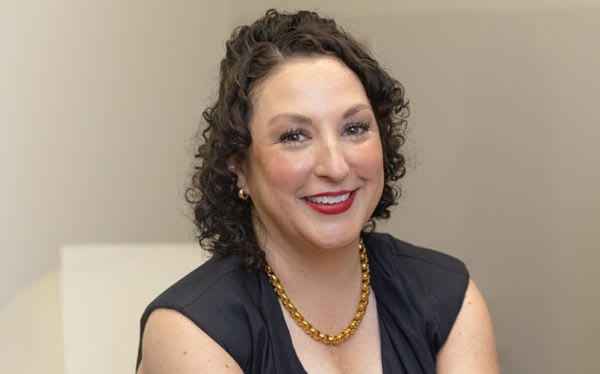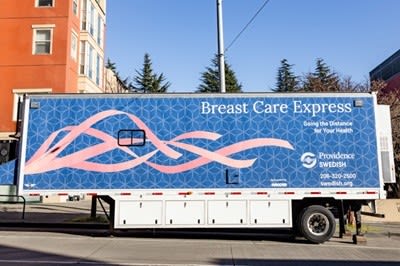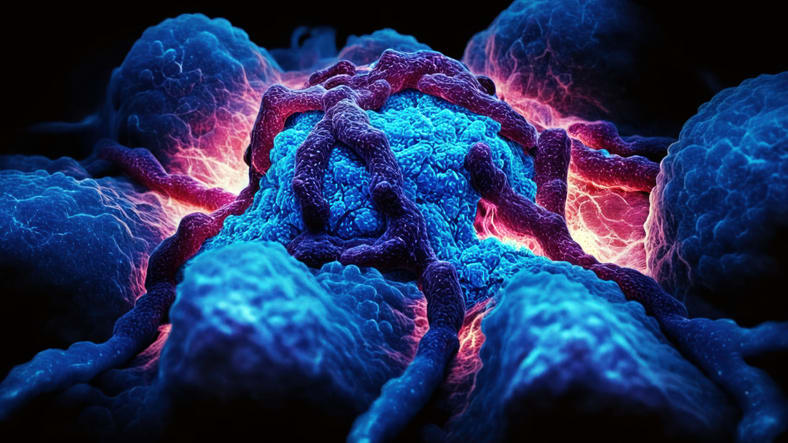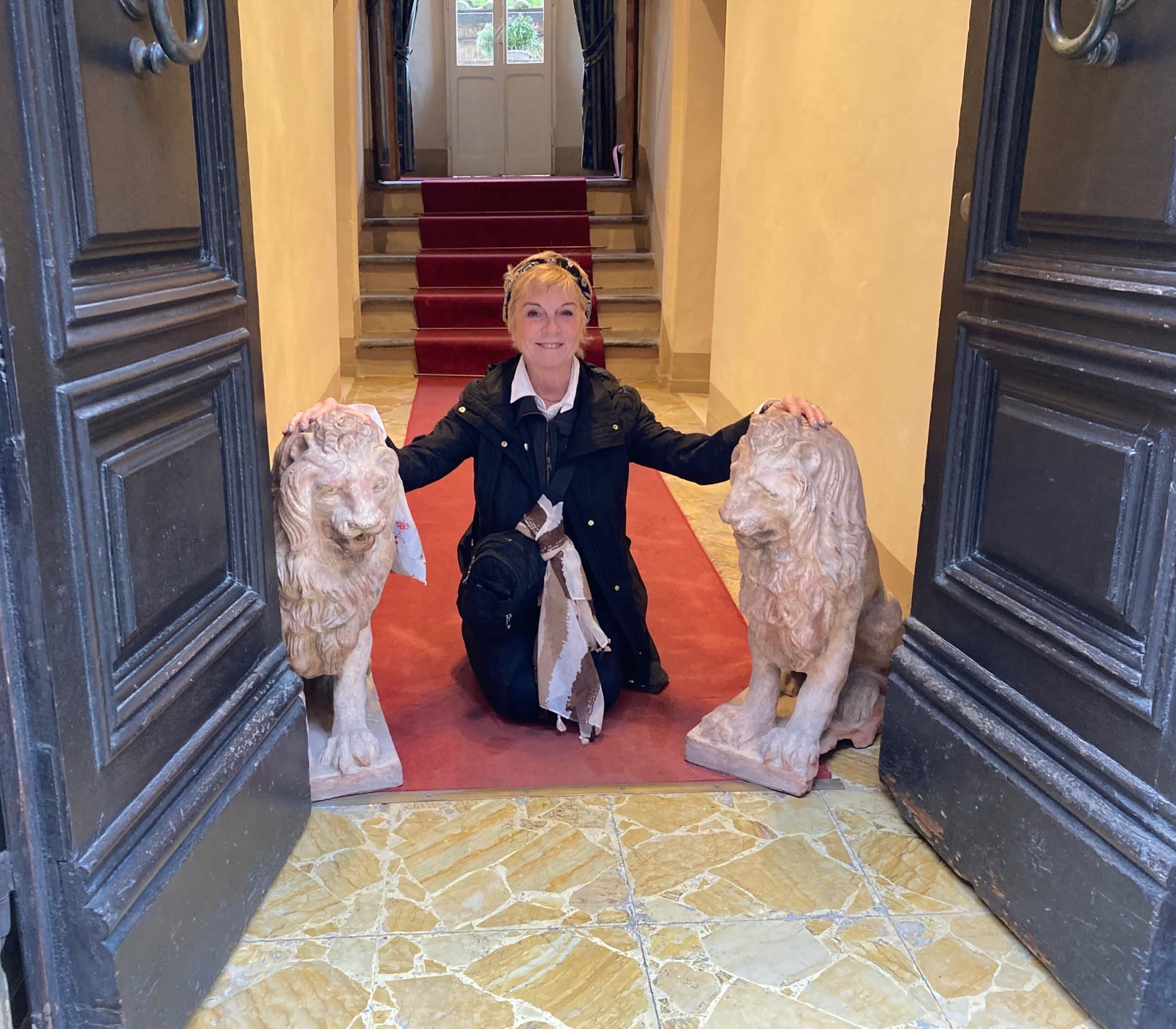Aesthetic Flat Closure Mastectomy
Expert Flat Closure for Smooth Symmetry
There are many options for breast reconstruction after a mastectomy, including the choice not to have reconstruction at all. Aesthetic flat closure is a surgical approach that removes remaining breast tissue and excess skin to create a smooth, flat chest wall, and at the Providence Swedish Cancer Institute, our expert surgeons perform flat closures with skill and precision.

Treatment Overview
Aesthetic flat closure is a type of mastectomy for people who choose to "go flat" or not to have breast reconstruction. After the breast tissue is removed, the chest wall is carefully smoothed and contoured to create a flat appearance.
This is a specialized procedure that requires surgical precision and thoughtful planning. At the Providence Swedish Cancer Institute, our experienced breast surgeons take time to understand your goals and ensure your results reflect the look and feel you want. Whether you're having surgery to treat breast cancer or reduce your risk, we approach aesthetic flat closure with care, respect, and attention to detail.
What to Expect
At the Providence Swedish Cancer Institute, we'll help you prepare for each step of your aesthetic flat closure. From surgical planning to recovery, your care team is here to support your physical healing, emotional well-being, and personal goals, drawing on deep expertise and close collaboration across breast cancer specialties, so you can move forward with confidence.
About a week before surgery, we'll schedule a pre-admission visit to:
- Assist with any remaining pre-surgical lab work or tests
- Review what will happen during your surgery
- Explain potential side effects
- Discuss medications and post-surgery care, including in-home help or equipment if needed
You'll receive information to prepare for your hospital admission. If you have any questions after your pre-admission appointment, your nurse or care coordinator will be happy to help.
Aesthetic flat closure surgery typically takes 1 to 3 hours. Most patients stay in the hospital for 1 to 2 days, depending on their overall health and whether additional procedures are performed. You may have soreness, swelling, and limited movement. You may also have temporary drains to prevent fluid buildup. Recovery usually takes 4 to 6 weeks. You’ll need to avoid lifting and strenuous activity, and your care team will guide you through healing with support at every step.
Aesthetic flat closure offers a smooth, flat chest wall that’s a safe choice for patients who do not wish to or cannot have reconstructive surgery. For many, it brings a sense of completion and relief from future surgeries or implant-related risks. Recovery may be shorter and simpler than with reconstruction, with fewer procedures and less long-term maintenance.
As with any surgery, there are risks, including:
- Infection
- Bleeding or fluid buildup
- Delayed wound healing
- Skin tightness or numbness
- Contour irregularities or asymmetry
- Scarring that may be visible or raised
Your care team will talk with you about these risks, answer your questions, and help you make an informed decision that aligns with your goals.
You’ll have several follow-up appointments after your procedure for the first few weeks. This helps us monitor your healing and manage any complications. As time goes on, your appointments will be less frequent, but regular checkups are required so that we can continue to manage any of your ongoing treatment needs and watch for any signs of recurrence.
Services are also available to help you through every treatment stage.
Learn more about our supportive care services.
Frequently Asked Questions
Not quite — both procedures involve removing breast tissue, but aesthetic flat closure goes a step further. It’s a reconstructive approach where the chest wall is carefully shaped and smoothed to create a clean, flat contour. Unlike some standard mastectomies that may leave excess skin or uneven areas, this procedure is done with surgical planning and precision to achieve a flat result that looks intentional, not incidental.
Yes, some people pursue revision surgery after a previous mastectomy to achieve a flatter, more comfortable chest wall. If you're unhappy with how your chest looks or feels after your initial surgery, a consultation with a breast surgeon can help you explore whether aesthetic flat closure is an option.
People choose aesthetic flat closure for many reasons: to avoid additional surgeries, reduce the risk of complications, shorter recovery times, or simply because it feels right for them. It’s a deeply personal decision — and at the Providence Swedish Cancer Institute, it’s one we respect and support fully.
While every recovery is different, most people begin to feel more like themselves within 4 to 6 weeks. Early on, you may experience soreness, tightness, fatigue, or changes in sensation across the chest. These symptoms typically improve with rest, gentle movement, and time. Follow-up visits help your team monitor healing, answer questions, and support your return to daily life with growing comfort and confidence.
The goal of aesthetic flat closure is to create a smooth, flat chest wall with clean lines and minimal contour irregularities. However, results can vary based on factors like your body shape, skin elasticity, prior surgeries, and how your body heals. Some people may notice subtle asymmetries, indentations, or areas of fullness. Your surgeon will talk with you about what’s realistic for your body, show you examples of outcomes, and work with you to set clear, shared expectations before surgery.
That’s entirely up to you. Many people who choose flat closure find they’re comfortable without any prosthesis or padding. Some opt for soft inserts or specialized clothing for personal comfort. Your team can guide you to resources that support your lifestyle and preferences.
We provide a full range of supportive care services to support you during and after your cancer treatment. Some of these services include:
- Art therapists
- Cancer rehabilitation (onco-physiatry)
- Care coordinators
- Genetic counseling (cancer geneticist)
- Health educators
- Medical massage (edema, lymphedema management)
- Music therapist
- Naturopaths
- Nutritionists
- Oncology nurses
- Social workers
- Speech and language pathology
We can also help with finances, food, transportation, and other challenges for eligible patients through our patient assistance fund.
See the full list of supportive care services.
Note: Some services are provided by local partners and vary based on location. Please contact your clinic for more information.
News & Info From Our Experts



